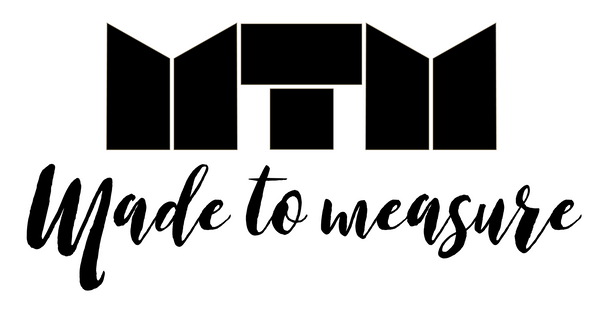
Is MDF good for kitchen vanity?
Share
Kitchen vanities are storage furniture that help store kitchen utensils, so they are critical in storage. They always display sinks, faucets and countertop surfaces to allow for easy and convenient use of these items. Another incredibly important aspect of the process of choosing a kitchen vanity is the determination of the material that would mantle the furniture piece. MDF is a common material for kitchen vanities, but is it suitable for your kitchen vanity needs? In this extensive review, you will learn both the advantages and the disadvantages of employing MDF for kitchen vanities.
What is MDF?
MDF, or medium density fibreboard, is a manmade material similar to particle board it's manufactured by breaking down hardwood or softwood into wood fibres. These fibres are blended with wax and a binder that is based on resins, then compacted and heated to make a uniform panel of density. MDF is widely used in furniture, cabinetry and decorative arts since it is inexpensive to purchase, readily and yet very versatile.
Advantages of Applying MDF for Kitchens Furniture
1. Cost-Effectiveness
MDF is less expensive than solid wood (or other costly materials such as plywood), so it is cheap for low-cost consumers. The low cost of the product does not affect the quality of the material or on the design of the kitchen vanity, which makes it a good option for those who aim to create a beautiful kitchen with new kitchen furniture without spending lots of money.
2. Workability
MDF is one of the most suitable materials to be used in the fabrication of kitchen vanities since it is an easily workable material. Also, it is relatively soft and easy to work on as well as to slice, plane and fashion. Also, MDF is very versatile in that it can take on different paint, wood veneer, or laminate applications to give it numerous looks.
3. Smooth Surface
Amongst the major benefits of MDF for kitchen vanities is the fact that it has a very smooth texture. However, with MDF, there are no knots or grain patterns, which results in an uneven surface, which is ideal for painting. Of course, this leads perfect, sleek finish anyway — yet, you can be sure that, by choosing this route, your kitchen vanity will look as pristine and polished a decade on as the day it was installed.
4. Durability
MDF isn’t very strong, and solid wood is much stronger, but MDF is a pretty durable material if it’s used and protected properly. The characteristics of MDF of high density and the fact that boards are now laminated are especially suitable for any kitchen area as they will not be scratched or dented as easily or react to moisture as other wood products. An MDF kitchen vanity is also very durable, and when taken good care of and maintained appropriately, it should be able to handle the stress given due to its location.
5. Resistance to moisture
Because it is highly compressed, MDF does not easily absorb moisture and, therefore, does not warp, swell or crack like solid wood. It is a perfect product to put on places where kitchen vanities remain near sinks and can be in contact with water from the sink or humidity from steamed cooking. Still, it is not completely moisture-proof; however, MDF is less susceptible to moisture than plywood. Of course, it doesn’t eliminate the need for sealing or the occasional maintenance to prevent your kitchen vanity from being damaged.
Disadvantages of Employing MDF for Kitchens Vanities
1. Weight
MDF has resistance to moisture, which makes it ideal for use in areas with moderate humidity; hence, a huge drawback that comes with the use of MDF for kitchen vanities is its weight. Like most manufactured materials, MDF is denser than other lightweight materials such as plywood, thus difficult to maneuver and put up. It may also be interpreted as putting in extra support while the installation is in place, which will then add some more cost to the project.
2. Susceptible to moisture damage.
While MDF is considered more moisture-resistant than solid woods, it is not completely water-resistant. MDF is damaged by water or moisture so that it swells, warps or loses its shape at the time when it is exposed over a long period of time. MDF kitchen vanities require protection from moisture to increase their durability and durability span.
3. Chipping and Scratching
As compared to solid wood or other superior substrates, MDF is relatively sensitive to chips, scratches and abrasion. These damages can be prevented and may require additional attention or repair in the long run if not properly cared for.
4. Off-Gassing
If an MDF product contains volatile organic compounds (VOCs), it releases those substances into the surrounding environment, creating health problems and developing various objectionable smells. To combat this problem, ensure you purchase MDF products that are low VOC or free from formaldehyde and that the workspace is well-aired while installing and maintaining the products.
